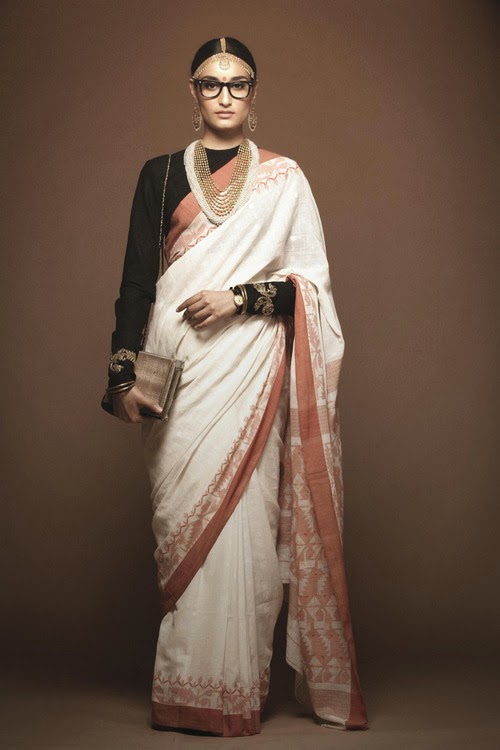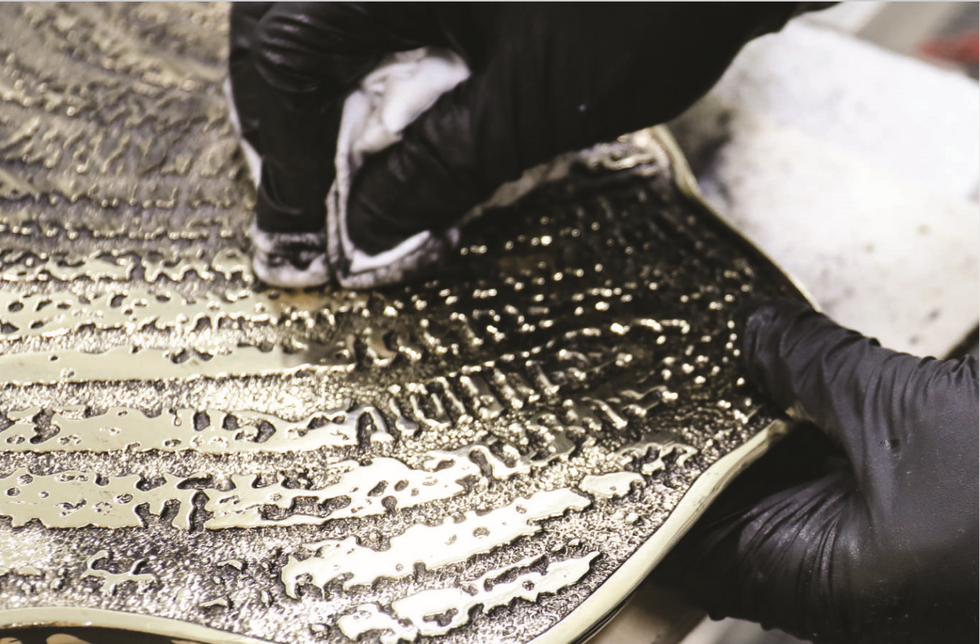Here Technology and Craftsmanship Meet
- Team Aluminr
- Aug 10, 2019
- 3 min read
Updated: Sep 19, 2025
Technology meets craftsmanship
Technology and craft meet with implications to consider, both potentially positive and negative. Becca Rosen, a New York based designer and textile developer, captures her experiments with traditional block printing and 3D printing in this thought provoking exploration.
“
I have spent a great deal of time travelling overseas and working with textile manufacturers during my career, but it is the first time I am encountering the question: how is the local artisan to evolve with a rapidly globalized market?
— Becca Rosen
Sabyasachi on craftsmanship
Kolkata based designer Sabyasachi Mukherjee has built a business with an annual turnover exceeding 100Cr (USD 16M), crediting his success to working closely and consistently at the grassroots level. This foresight — to capitalize on traditional craft techniques amongst his bridal client base whilst meaningfully supporting the livelihoods of those he employs — has afforded him a breadth of experience and perspective.
Craft as India’s backbone
Let’s admit we’ve all made our millions because we are craft dependent, and the world seeks it out. Unfortunately, what fashion has done to this country is that it has made it socially dysfunctional. India has always been, in many ways, a maximalist country. We truly like embellishment and handicraft, and so when you bring ideas like minimalism from the West, which do not belong here, you confuse buyers. They start to feel that being Indian is not such a good thing, which is unforgivable. It disrupts DNA. You lose the very strength that could make you a superpower. The idea of luxury comes from a point of authority, not subjugation.
If we are not appreciating our cultural techniques at the grass root levels , and modernizing it because of your design ego , without having any context to do so , then You can create a serious imbalance in craft ecology by interfering without understanding why you’re doing it. An intelligent man preserves the work of an artist. It’s like asking MF Hussain to paint something that’s not his style. I’ve seen the way some industrialists in this country commission art: they will ask a painter who is known for colour, “Can you do something in black and white for me?” It’s your ego that shows up in someone else’s work. You’re supposed to be paying for somebody’s mind, but you end up using only his hand. It defeats the purpose of art and craft.
By doing such a thing, you are not appreciating the Indian culture at the grassroots levels.
“
The French are celebrated for being French. When you are who you are, people are attracted to you. The global audience wants to speak to you. That is why when women wear saris or Indian textiles abroad the reaction is, “This is fascinating! Where did you get it from?” What clothing can do is engender conversation and when you deny yourself cultural clothing, you’re denying yourself the opportunity to open up to the world.
— Sabyasachi
And by appreciating our culture, our artisanship, we can actually make our artisans rejuvenate and have a win against this rapidly evolving global market.
Would you call this your version of Corporate Social Responsibility?
I see it as convincing craftsmen not to give up their trade. Our commitment lies in creating grassroots-level employment; otherwise, these people will completely lose touch. Patan Patola, for instance, is a family trade wherein the children go off to study, and very few families know how to maintain the process. If you don’t create a demand and supply by creating awareness within the market … I have earlier worked closely with actors like Vidya Balan to create awareness for craft in this country. I made her wear saris that were not even Sabyasachi; I collected them from Khadi Bhavan. The fact is that every piece of Indian clothing you buy contributes to the revival of the Indian economy. We don’t have to be dependent on foreign countries.
Experience the breathtaking bespoke designs of the doors, handcrafted in India, created by those who came together with their mind, eyes, hands, love, and passion to reveal what is to them the most honest form of art.

.png)











Comments